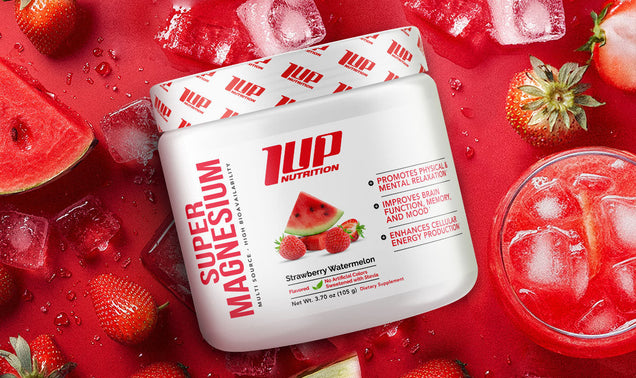
A big question that has plagued the fitness world for quite some time. The format of the “method of mayhem” we put our bodies through: do I do high reps or low reps to build muscle?
First it needs to be known that there is a belief that high reps build lean muscles and low reps build big muscles. This claim does not hold any weight because if your muscles are small or big, they are lean. So regardless of whatever “kind” of muscle you seem to be aiming to be build, you will not get away from lean being an attribute, regardless.
So, back to the high rep vs low rep. Studies that have been done have shifted in purpose. It is proven that regardless if you lift weights in a high rep fashion or low rep fashion, you will build muscle. But which is more effective?
Let’s start with high reps. When one speaks of high reps usually the layout is anything 15 reps and above. In that approach the weight is usually lighter, and speed of the repetitions is greater. Set counts may be lower as well to compensate for the higher reps in each set. Many people use to believe bodybuilders go to lighter weight when they are conditioning for a show because of the “leaner” look they are trying to achieve. We cannot overthink things here. Bodybuilders usually go to lighter weight because they lose strength during conditioning and still must get the muscles to hypertrophy.
Hypertrophy is the enlargement of an organ or tissue from the increase in size of its cells and in that definition, we find the narrative of this debate.
Low reps are usually anywhere from 4, 8, maybe 10. Heavier weight is used to once again, compensate for the lower reps and more sets are usually thrown in. The belief is that using heavier weights with give a person bigger and more dense muscles. The downside to many when it comes to low reps and heavier weight is the wear and tear it puts on the infrastructure of the body over the years. Arthritis, bone health problems, and even becoming more prone to injuries have all been said to be contingent with lifting heavy.
Which is better?
Let us look at that word “hypertrophy” again.
Remember, hypertrophy is the enlargement of tissues or organs because the size of their cells has increased. The muscles are made up of myofibrils and sarcoplasm. Myofibrils are like structure rods that run through the muscle tissue. Sarcoplasm is the fluid in which those myofibrils lay, and that fluid also contains certain things like glucose and such. Hypertrophy is achieved in both the sarcoplasm and myofibrils through stress and strain on the muscles. This is where the rep work comes into play. Studies have shown that doing 3 sets of 20 reps with light weigh accomplishes the same type of stress (myofibrillar and sarcoplasmic hypertrophy) as doing 6 sets of 6 reps with heavy weight.
Yes, it is true, there is no difference.
However, the energy required and even discomfort goes way up when doing higher reps in each set with less weight (any weight lifter can attest to that). Glucose is used up quicker as well.
On the flip side the body is not under any kind of damaging stress structurally because the weight load is not extensive.
So, the question is not should one do high reps or low reps to build muscle, but what kind of method does one want to use to build muscle? This is not a question of a which road leads you astray, because neither will. One must choose if they want to take the dirt road that may beat the car up a little bit or the nice smooth highway that will use up more gas. Either way, you’re going to get to where you want to be!






